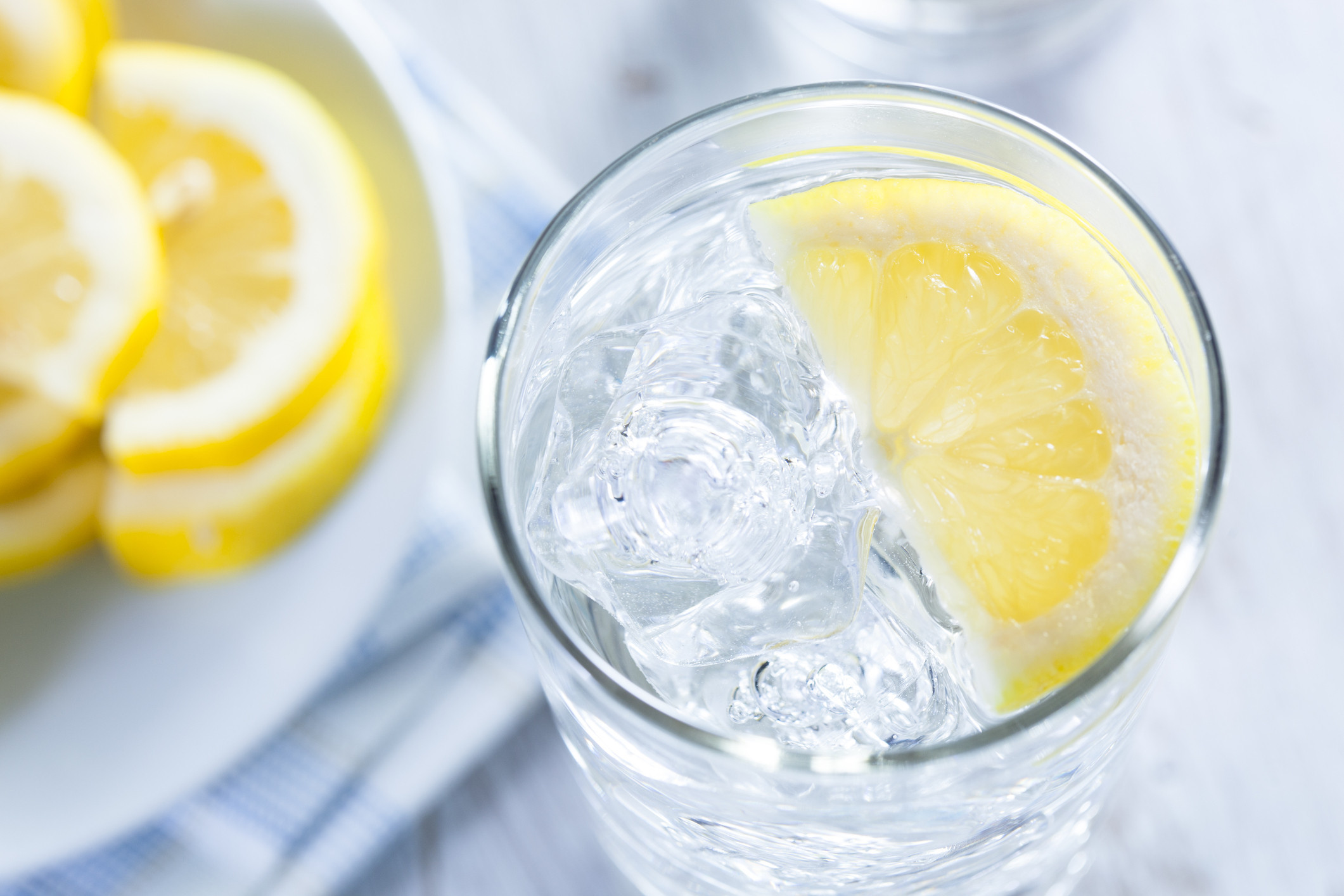For fast kidney pain relief, apply a heating pad to your lower back for 15-20 minutes, increase water intake to 8-10 glasses daily, take recommended doses of anti-inflammatory medications like ibuprofen, adjust your position by lying on the non-painful side with knees pulled up, and practice deep breathing techniques. These methods increase blood flow, reduce inflammation, and decrease tension while you wait for medical attention. Each technique offers specific benefits worth exploring further.

Key Takeaways
- Apply heat therapy with a heating pad for 15-20 minutes to relax muscles and increase blood flow.
- Increase hydration with water, coconut water, unsweetened cranberry juice, or herbal teas to flush toxins.
- Take anti-inflammatory pain relievers like ibuprofen or naproxen following dosage guidelines for temporary relief.
- Lie on the non-painful side with knees pulled up or maintain proper posture to reduce pressure.
- Practice deep breathing and relaxation techniques to reduce pain perception and release tension.
Apply Heat Therapy to the Affected Area
When kidney pain strikes, applying heat therapy to the affected area can provide significant relief. The warmth helps relax tense muscles surrounding your kidneys and increases blood flow to the region, which can reduce pain and inflammation.
Heat therapy soothes kidney pain by relaxing muscles and boosting circulation to reduce inflammation naturally.
For effective heat application, use a heating pad set to medium temperature and place it on your back where you feel the kidney pain—typically below your ribs and above your hips.
Don’t apply the heat directly to bare skin; always use a thin towel as a barrier. Soothing pads designed specifically for back pain work exceptionally well for this purpose.
Limit each heat therapy session to 15-20 minutes, and never fall asleep while using a heating pad.
You’ll likely feel relief within minutes as the warmth penetrates deeply into the affected tissue.
Increase Hydration With Specific Fluids
While managing kidney pain effectively, proper hydration stands as one of the most essential remedies you can employ. Increasing your fluid intake helps flush out toxins, bacteria, and small kidney stones that may be causing your discomfort. You’ll want to focus on specific fluid options that maximize hydration benefits.
| Recommended Fluids | Hydration Benefits |
| Water (plain) | Flushes toxins without additives |
| Coconut water | Provides electrolytes and natural minerals |
| Cranberry juice (unsweetened) | Helps prevent UTIs and kidney infections |
| Herbal teas (dandelion, nettle) | Offers anti-inflammatory properties |
| Lemon water | Alkalizes urine and may dissolve small stones |
Don’t underestimate the power of consistent hydration when dealing with kidney pain—aim for at least 8-10 glasses daily unless your doctor advises otherwise.
Try Anti-Inflammatory Pain Relievers
Three anti-inflammatory pain relievers can effectively manage kidney pain when used appropriately. Ibuprofen, naproxen, and aspirin work by reducing inflammation throughout your urinary tract, providing temporary relief while addressing underlying causes.
When selecting over-the-counter medications, always follow dosage guidelines on packaging. For ibuprofen, don’t exceed 3,200mg daily; naproxen should be limited to 660mg per day for kidney pain. Aspirin requires careful monitoring at 4,000mg maximum daily.
Remember that these medications aren’t long-term solutions. They can mask symptoms of serious kidney conditions and potentially cause additional kidney stress if overused.
If your pain persists beyond 48 hours or worsens with medication, contact your healthcare provider immediately. Anti-inflammatory relievers work best when combined with proper hydration and medical supervision.
Adjust Your Body Position for Pain Relief

Your body position can considerably impact kidney pain intensity, regardless of whether the discomfort stems from stones, infection, or inflammation.
How you position yourself directly affects kidney pain levels, whether from stones, infection, or inflammation.
When kidney pain strikes, try lying on your non-painful side with your knees pulled up toward your chest. This position reduces pressure on the affected kidney and can provide immediate relief.
Body alignment plays an essential role in managing kidney discomfort. Sitting up straight with proper lumbar support often helps decrease pain by improving blood flow to the kidneys.
If standing, practice posture correction by keeping your shoulders back and avoiding prolonged periods of slouching, which can compress internal organs and worsen symptoms.
For persistent pain, alternating between these positions every 30 minutes may bring more consistent relief than remaining static in one position.
Practice Deep Breathing and Relaxation Techniques
Beyond physical positioning, managing kidney pain requires attention to your mental state and breathing patterns. When you’re experiencing discomfort, your body often tenses up, which can enhance pain sensations.
Try deep breathing by inhaling slowly through your nose for a count of four, holding briefly, then exhaling through your mouth for a count of six.
Mindfulness exercises can notably reduce your perception of pain by focusing your awareness on the present moment without judgment. Start with a simple five-minute session where you scan your body for tension and consciously release it.
Guided imagery works effectively by directing your mind away from pain—visualize a healing light spreading through your kidneys or imagine yourself in a peaceful setting where pain doesn’t exist.
Conclusion
Like a river clearing after a storm, your kidney pain can subside with proper intervention. You’ve now learned five effective methods for immediate relief: applying heat, staying hydrated, using anti-inflammatories, adjusting your position, and practicing relaxation techniques. Remember, these strategies aren’t just quick fixes—they’re stepping stones to better kidney health. If pain persists, don’t hesitate to seek medical attention for proper diagnosis and treatment.